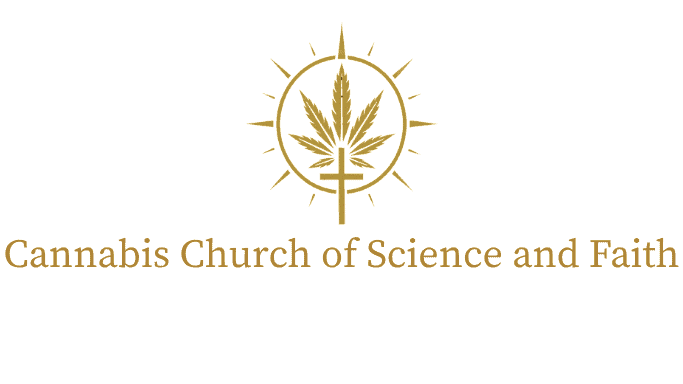🌿 Opening Reflection
Who was Mary Magdalene before the stories were rewritten? What does it mean that the one Jesus loved most was made into a prostitute by history — and why are we only now ready to hear her true voice?
✨ I. The Woman Behind the Name: Historical Mary Magdalene
The Teaching:
In the earliest Christian texts, Mary Magdalene appears as one of Jesus’ closest followers — a woman who funded his ministry (Luke 8:1-3), stood by him at the cross when the male disciples fled (Mark 15:40), and was the first to witness his resurrection (John 20:1-18). In the Gospel of Thomas and the Gospel of Mary (Nag Hammadi texts), she emerges not as a passive disciple, but as one with deep understanding — even challenging Peter’s authority.
The Perspective:
For the Cannabis Church, Mary Magdalene represents the hidden truth suppressed by patriarchal religion: the sacred feminine, wisdom (Sophia), and the power of direct gnosis. Psychoanalytically, she symbolizes the repressed aspects of our psyche — the intuitive, emotional, embodied ways of knowing that are often rejected by a society obsessed with control.
The Connection:
Have you ever felt silenced or shamed for your insight? Mary’s story reminds us that wisdom that threatens the status quo is often attacked — but remains essential. The feminine face of God calls us to balance logic with compassion, strength with surrender.
✨ II. The Great Smear: From Apostle to “Whore”
The Teaching:
In 591 CE, Pope Gregory the Great conflated Mary Magdalene with Mary of Bethany and the unnamed “sinful woman” who anoints Jesus’ feet — branding her as a prostitute. This interpretation had no biblical basis, but it justified silencing women in the church for centuries.
The Perspective:
Why smear Mary? Because a female leader who spoke as Jesus’ equal undermined the authority of a male-only hierarchy. Gnosticism and psychoanalysis agree: systems of power often project their shadow onto scapegoats. Mary’s “fall” is a case study in how societies twist stories to maintain control.
The Connection:
What parts of yourself have you let others define through their labels? How might your power be hidden under the stories others tell about you? Reclaiming Mary invites us to reclaim ourselves.
Practice:
Journal this week: “What labels have I been given that hide my true self? How can I rewrite my story with love?”
✨ III. The Apostle to the Apostles: Gnostic Mary
The Teaching:
The Gospel of Mary tells of a woman who comforts grieving disciples and shares teachings Jesus gave her in secret. Peter balks at her authority, but Levi defends her: “If the Savior made her worthy, who are you to reject her?” Early Christians called her “Apostle to the Apostles.”
The Perspective:
Mary Magdalene embodies gnosis: direct experience of the Divine, unmediated by church or state. She shows that true faith is not obedience but intimate knowing — and that women, too, are vessels of wisdom.
The Connection:
Our world still fears voices that challenge tradition. Like Mary, we may be called to stand firm, speak truth, and carry the light of love even when rejected.
✨ IV. Reawakening the Divine Feminine
The Teaching:
Mary’s restoration today mirrors a broader healing: the return of the divine feminine across spiritual traditions. From Sophia in Gnosticism to Shakti in Hinduism, the feminine aspect of God brings balance, compassion, creativity, and connection.
The Perspective:
For the Cannabis Church, cannabis itself can serve as a sacrament of Sophia — opening us to intuitive insight, softening rigid judgments, and awakening the feminine qualities within all of us, regardless of gender.
The Connection:
In your life, where could you invite more gentleness, receptivity, or intuition? How might cannabis as a sacred tool help you sit with these energies?
🌿 Integration and Possibility
Imagine a world where Mary Magdalene’s teachings were never buried. Where every child grows up knowing God as both Father and Mother, love as both strong and tender, and wisdom as something found in every heart — not a scroll or institution.
If we apply this teaching, we can heal centuries of spiritual wounds, honor feminine voices in every field, and awaken a new era of compassionate liberation.
Real-life examples of this awakening are already visible: communities re-examining scriptures, churches ordaining women, and countless seekers — like you — refusing to let ancient smears keep them from the truth.
🌸 Closing Blessing
May the silence that sought to bury your light become the soil in which it blooms. May you remember Mary’s courage, her knowing, and her love — and may your own voice rise, clear and strong, to heal this world.

























